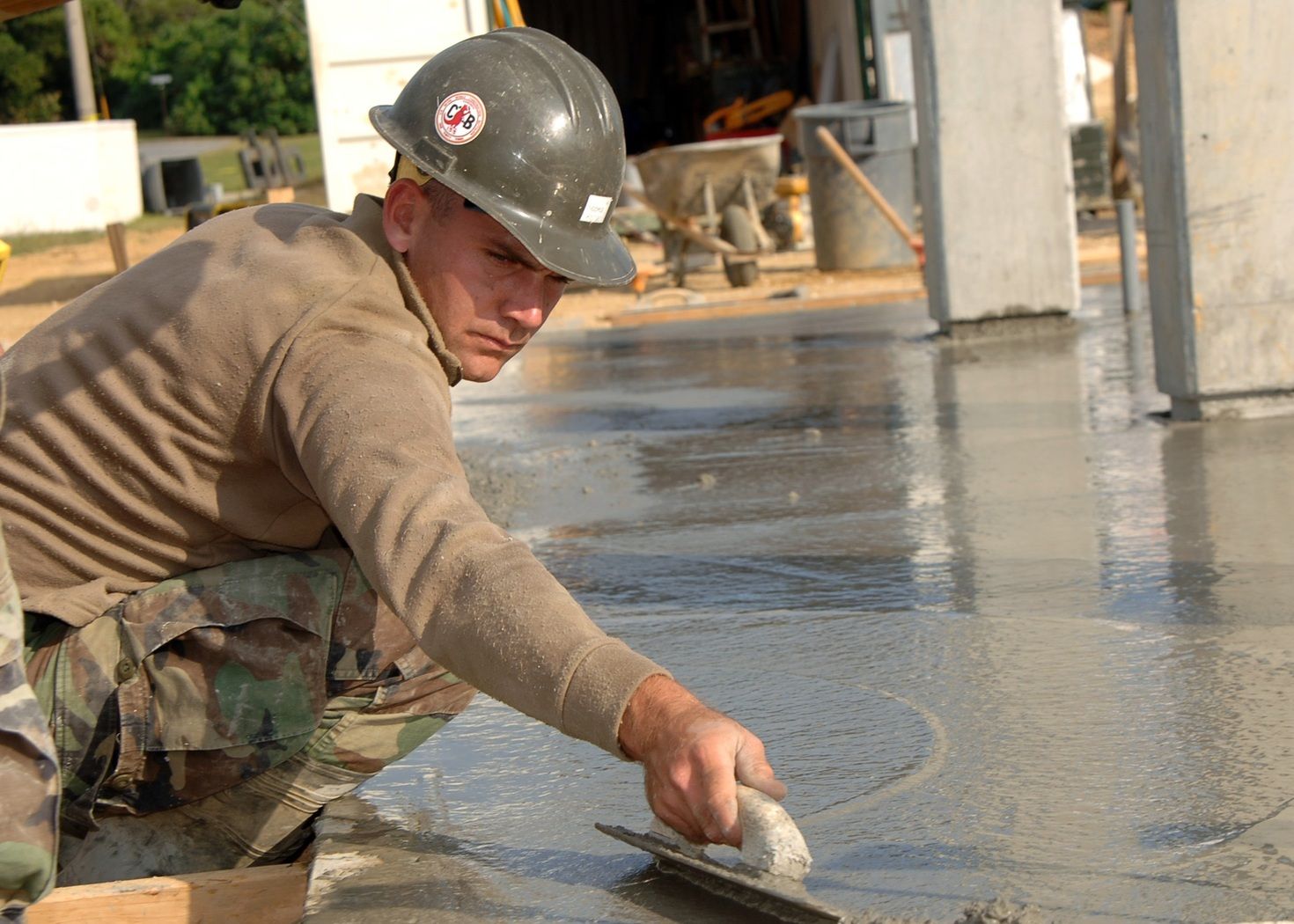business resources
What Modern Technology Means for Concrete Grinder and Polisher Quality
29 May 2024, 2:11 am GMT+1
Concrete grinding and polishing have come a long way from the days of rudimentary tools and manual labor. Today, modern technology has revolutionized this field, making it more efficient, precise, and eco-friendly. By integrating advanced machinery and cutting-edge software, the quality of concrete grinding and polishing has reached unprecedented levels. This blog post delves into how modern technology has transformed the quality of concrete grinders and polishers, elevating the standards of craftsmanship in the industry.
The Evolution of Concrete Grinding and Polishing Tools
In the past, concrete grinding and polishing were labor-intensive processes that required significant manual effort. Early tools lacked the precision and efficiency that today’s technology offers. The introduction of diamond-embedded grinding tools marked the first significant leap in this field. These tools offered superior durability and efficiency, drastically improving the quality of the finished product. However, modern technology has continued to push the boundaries, introducing automated systems and high-precision machinery that ensure consistent and high-quality results.
These technological advancements have made the process not only more efficient but also safer for operators. For instance, the adoption of ride on grinders has significantly reduced fatigue and the risk of injury, allowing operators to manage larger surfaces with greater ease and precision. Automated systems like laser-guided equipment have also enhanced accuracy and reduced human error, resulting in a more consistent and evenly polished surface.
Precision and Accuracy: The Role of Advanced Sensors
The integration of advanced sensors in modern concrete grinders and polishers has significantly improved the precision and accuracy of these machines. Sensors can detect minute variations in the surface texture and adjust the grinding process accordingly. For instance, pressure sensors can monitor the amount of force applied, ensuring that it remains consistent throughout the operation. This consistency is crucial for achieving a uniform finish, which is often a key requirement in high-end projects.
Sensors can also monitor the temperature and vibration levels of the machinery, providing real-time feedback that operators can use to make adjustments on the fly. This real-time monitoring capability not only enhances the quality of the finished product but also extends the lifespan of the equipment by preventing overheating and excessive wear and tear. As a result, the role of advanced sensors in modern concrete grinders and polishers cannot be overstated, as they are instrumental in achieving high-quality, consistent results.
Automation and Efficiency in Modern Equipment
Automated machines can perform tasks with incredible speed and precision, far surpassing the capabilities of manual labor. These machines are equipped with programmable settings that allow operators to customize the grinding and polishing process according to specific project requirements. For example, operators can set the machine to apply a certain amount of pressure or follow a predetermined path, ensuring consistent results across different projects.
Moreover, automated machines can operate continuously without the need for breaks, significantly increasing productivity. Automation also reduces the physical strain on operators, minimizing the risk of work-related injuries. Therefore, the integration of automation into modern concrete grinders and polishers has not only improved the quality of the finished product but also enhanced the overall efficiency and safety of the process.
Eco-Friendly Innovations in Concrete Grinding and Polishing
Environmental sustainability has become a critical consideration in the construction industry, and modern technology has addressed this concern in the realm of concrete grinding and polishing. Traditional grinding and polishing methods often generate significant amounts of dust and waste, posing health risks to workers and contributing to environmental pollution. However, modern machines are designed with built-in dust collection systems that capture and contain dust particles, minimizing their release into the environment.
Furthermore, advanced filtration systems ensure that the captured dust is safely disposed of, reducing the overall environmental impact. In addition to dust control, modern concrete grinders and polishers are also designed to be energy-efficient, consuming less power while delivering superior performance. Some machines even incorporate water recycling systems, significantly reducing water consumption during the polishing process.
Software Integration for Enhanced Performance
The integration of sophisticated software has revolutionized the operation of modern concrete grinders and polishers. Software-driven machines offer a level of precision and customization that was previously unimaginable. Operators can use software to design and simulate the grinding and polishing process before executing it, allowing for better planning and optimization. This pre-execution simulation helps identify potential issues and make necessary adjustments, ensuring a smoother and more efficient operation.
Additionally, software integration enables remote monitoring and control of the machinery, giving operators the flexibility to make adjustments in real time from any location. This capability is particularly beneficial for large-scale projects where multiple machines are operating simultaneously. The software can also collect and analyze data from the grinding and polishing process, providing valuable insights that can be used to further improve the quality and efficiency of future projects.

Modern technology has undeniably revolutionized the concrete grinding and polishing industry, setting new standards for quality, precision, and efficiency. From the introduction of diamond-embedded tools to the integration of advanced sensors and automation, the evolution of this field reflects a commitment to excellence and sustainability. By embracing these technological advancements, professionals in the industry can achieve superior results while also contributing to environmental responsibility. As technology continues to advance, we can look forward to even more innovations that will further enhance the craftsmanship and performance of concrete grinders and polishers.
Share this
Arthur Brown
Writer
A dad of 3 kids and a keen writer covering a range of topics such as Internet marketing, SEO and more! When not writing, he's found behind a drum kit.
previous
Underwater Photography For Nature Conservancy: Dinis Guarda Interviews Christy Lee Rogers, Collaborator To James Cameron Avatar Commission, In His YouTube Podcast
next
Enhancing Chemotherapy Effectiveness by Optimizing Chemo Drug Administration